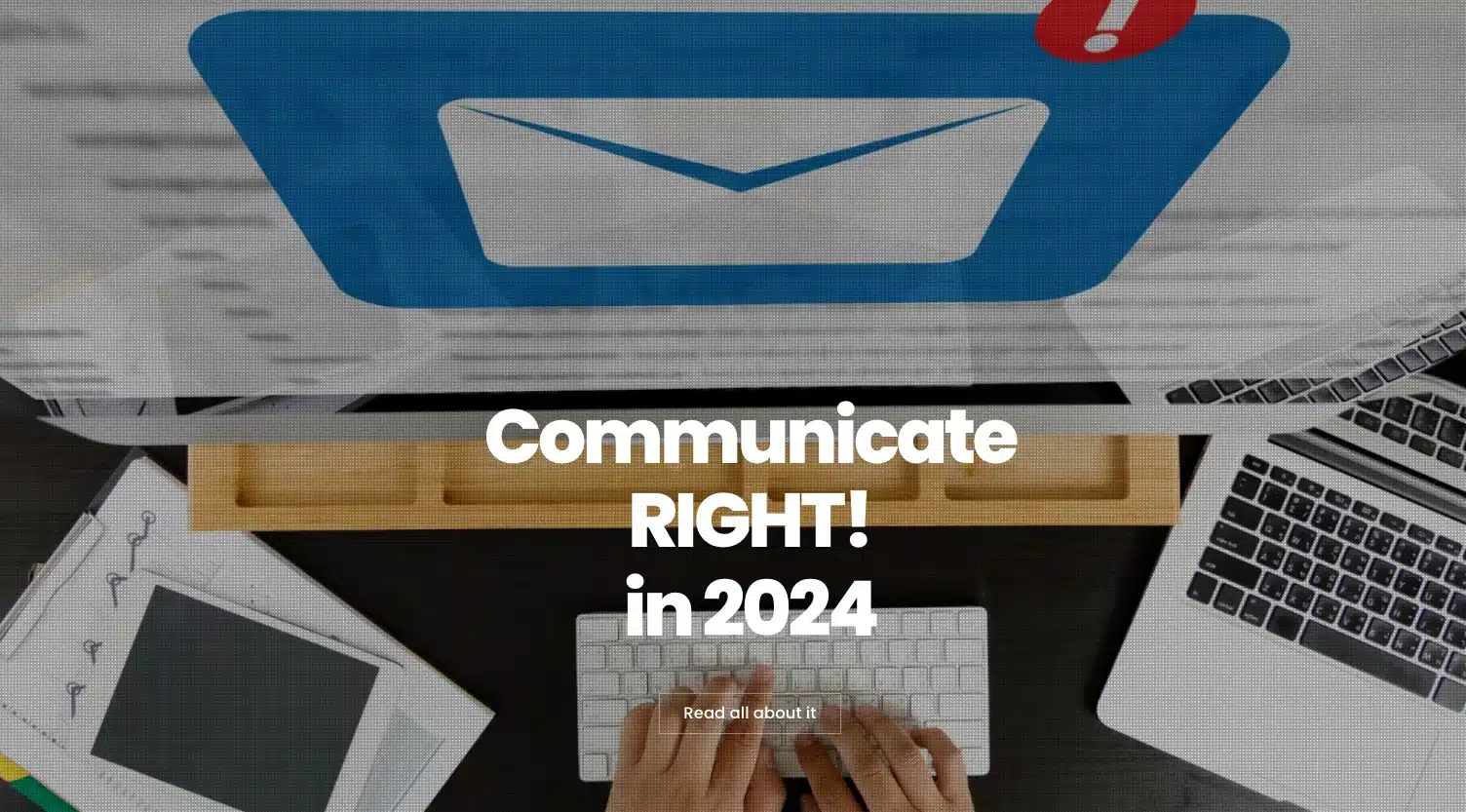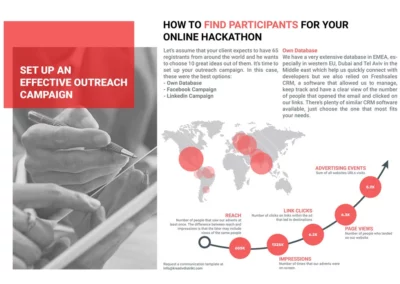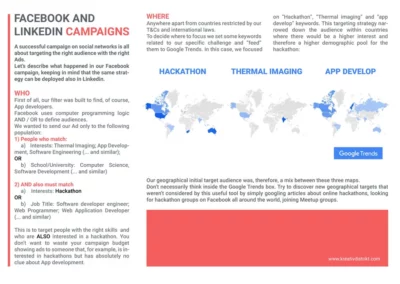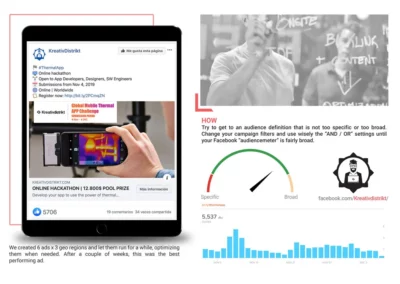
Impressing Investors
Mastering Your Demo Day PresentationPlanning overview
In the world of startups, Demo Day stands as a critical juncture where entrepreneurs have the golden chance to shine before potential backers, it’s a strategic endeavor to forge a memorable first impression, crucial for standing out amidst stiff competition. This article delves into the quintessential elements for captivating investors— from the importance of a compelling narrative that resonates emotionally to the innovative use of visuals and technology for an engaging pitch. It also underscores the significance of data in substantiating your business case and the art of fine-tuning your delivery for a powerful impact.
- The First Impression
- Crafting a Compelling Narrative
- Visuals and Technology
- Data-Driven Decisions
- Perfecting Your Pitch

The First Impression
In the world of startups, Demo Day is your moment in the spotlight, a unique opportunity to showcase your innovation, team, and vision to a room full of potential investors. The stakes are high, and the competition is fierce. Making a strong first impression is not just recommended; it’s imperative. Your presentation needs to be more than just informative; it must captivate, engage, and, most importantly, persuade. Investors are looking for reasons to believe, not just in your product but in your ability to execute your vision. This means your presentation must be clear, concise, and compelling. Start with a strong hook, a narrative that not only explains what your product does but why it matters. Your opening should address a problem, present your solution, and highlight its unique value proposition in a way that resonates with your audience’s needs and interests.
Crafting a Compelling Narrative
Storytelling is at the heart of any successful either virtual Hackathon or in-person Hackathon Demo Day presentation. A well-crafted narrative can transform a simple pitch into a compelling story that investors can connect with emotionally. Begin by setting the scene: introduce the problem your startup aims to solve in a way that highlights its relevance and urgency. Then, lead your audience through your journey, from ideation to execution, demonstrating your team’s dedication, innovation, and resilience. Use real-world examples and testimonials to add credibility and show the impact of your solution. Remember, investors invest in people as much as they do in products. Show them the passion, expertise, and vision behind your startup. Your story should not only illustrate what your product does but also convey your company’s values, mission, and potential for growth.
“When it comes to the demo session the judges were super nice and they were very fair to everyone. Of course, we didn’t know what they were thinking but afterwards, we had a chance to chat with them so it became clear that they couldn’t reveal their opinion before the Awarding Ceremony. We got a lot of feedback from them and I think it was very important that they shared these with us. This is the reason why we want to continue the project. Currently, we are looking for investors to do so.”
/ Dan Uehara Digital Justice of Future Hackathon winner team member/
NOTE: Explore the How to Win a Hackathon article that showcases the Digital Justice of Future Hackathon winning team’s interview, to gain additional insights on enhancing your pitch!
Visuals and Technology
The strategic integration of technology and visuals into your presentations can significantly amplify your competitive advantage. Utilising high-quality images, compelling videos, and dynamic live demonstrations can elevate the appeal and impact of your pitch, making it far more engaging and memorable for your audience. However, the key to effectively leveraging these tools lies in their strategic application. It is essential that the visuals and technological elements you incorporate serve to enhance and complement your overall narrative, rather than detracting from or overshadowing the core message you wish to convey.
To ensure your presentation is not only polished but also impactful, it’s imperative to meticulously plan and rehearse any technical demonstrations. This preparation helps in minimising the risk of technical issues that could potentially jeopardise your credibility and the perceived professionalism of your presentation. Furthermore, embracing innovative technologies such as interactive elements or augmented reality can significantly enrich the audience’s experience. By offering a more immersive and engaging exploration of your product’s features, these technologies facilitate a clearer and more accessible understanding of complex aspects, thereby simplifying the process for investors and stakeholders to grasp and value the uniqueness and innovation of your offering.
Incorporating these advanced technologies and visual aids requires a thoughtful approach to ensure they are aligned with your presentation’s goals and effectively communicate your message. By doing so, you can captivate your audience, enhance their understanding of your product, and leave a lasting impression that underscores your innovation and forward-thinking approach.
Data-Driven Decisions
Investors are looking for more than just a great idea; they want proof that your startup has the potential for significant growth and return on investment. This is where data comes into play. Incorporate market research, user feedback, and performance metrics into your presentation to back up your claims. Be prepared to discuss your business model, revenue streams, and growth strategy in detail. Use data visualisations to make complex information more digestible and compelling. However, it’s important to strike a balance. Overloading your presentation with too much data can be overwhelming. Focus on the most critical metrics that demonstrate market demand, competitive advantage, and financial viability.
Presenting a groundbreaking idea is not enough to capture the attention and confidence of potential investors. They seek concrete evidence demonstrating that your startup not only has the vision but also the robust potential for substantial growth and a promising return on their investment. The critical role of data cannot be overstated in this context. To convincingly argue your case, incorporating comprehensive market research, insightful user feedback, and detailed performance metrics into your pitch is essential. These elements serve as the backbone of your presentation, providing tangible proof to support your claims about the startup’s market viability and growth prospects.
Delve into specifics about your business model, clearly outline your primary and secondary revenue streams, and present a well-thought-out growth strategy that’s both ambitious and achievable. Utilise data visualisations effectively to transform complex datasets into understandable and engaging insights. Graphs, charts, and infographics can play a pivotal role in conveying your message, making it easier for investors to grasp the essence of your data without getting lost in the numbers.
However, it’s crucial to maintain a delicate balance in how you present this data. Overburdening your audience with an excessive amount of information can lead to confusion and disinterest. It’s about finding the right equilibrium—highlighting the most pertinent metrics that underline the startup’s market demand, its competitive edge in the current landscape, and the financial health and projections that signal its long-term viability. This approach not only streamlines the presentation but also ensures that every piece of data shared serves a purpose, directly contributing to building a compelling narrative around your startup’s potential for success.
Perfecting Your Pitch
The final step in mastering your Demo Day presentation is practice. The best content in the world won’t save a poorly delivered pitch. Work on your delivery to ensure you’re confident, clear, and engaging. Pay attention to your pacing, tone, and body language. Practice in front of a mirror, record yourself, or present to friends and colleagues to get feedback. Remember, enthusiasm is contagious. If you’re passionate and believe in your startup, it’s more likely that investors will too. Finally, anticipate questions and prepare concise, thoughtful responses. Demonstrating your ability to think on your feet and address concerns effectively can be just as impressive as the presentation itself.
In conclusion, impressing investors at Demo Day requires a blend of storytelling, visual presentation, data analysis, and personal charisma. By focusing on making a strong first impression, crafting a compelling narrative, leveraging technology, presenting data strategically, and perfecting your pitch, you can increase your chances of securing the investment and support your startup needs to thrive. Remember, Demo Day is not just about showcasing a product; it’s about selling a vision and proving your team has what it takes to realise it.
NOTE: Check out the showcase of the CodeWeek EU Hackathon series for more ideas for your Hackathon success story!
Here are other articles that might interest you!
Learn And Innovate With A Hackathon
Learn And Innovate With A Hackathon Planning overview Hackathons stand out as a pulsating forum where the thirst for knowledge seamlessly blends with the spirit of innovation, creating a fertile ground for groundbreaking ideas and imaginative solutions. These events, characterised by their intensity and time constraints, propel participants to stretch…
The Evolution from Hackathon to Startup Success
The Evolution from Hackathon to Startup Success Planning overview Join us in exploring the dynamic world of in person hackathons and virtual hackathons, dive into the exhilarating realm where coders, designers, and entrepreneurs unite to forge groundbreaking software and solutions in record time. From nurturing concepts to overcoming the hurdles…
Successful Hackathon Management
Successful Hackathon Management Planning overview Hackathons have evolved from niche tech gatherings to mainstream events that foster innovation, collaboration, and rapid problem-solving. These intense, often short-term competitions, where programmers, designers, and entrepreneurs come together to develop new software or hardware projects, have become a staple in the tech community and…
The Value of Beginners in the Tech Industry
The Value of Beginners in the Tech Industry Planning overview The tech industry, known for its rapid innovation and dynamic changes, often places a premium on experience and expertise. The value of beginners in the tech field is filled with fresh perspectives, adaptability, and a keenness to learn are just…
Achieving Hackathon Success: Visual Strategies for Goal Realisation
Achieving Hackathon Success: Visual Strategies for Goal Realisation Planning overview Achieving success in a hackathon is not just about coding skills or technical prowess; it's about having a clear vision, strategic planning, and effective teamwork. Hackathons, intense events where coders, designers, and entrepreneurs collaborate to create new projects or solve…
U2U SPRING HACKATHON
U2U X AWS Spring Hackathon A Launchpad for Web3 Startups Planning overview The U2U X AWS Spring Hackathon, a collaborative effort between U2U Network and Amazon Web Services (AWS), stands as more than a mere competition. Scheduled from January 10 to March 31, 2024, this event is poised to be…
Challenges of Hosting a Hackathon
HACKATHON Read all about it Challenges of Hosting a Hackathon Tips in 2024 Planning overview Get ready for a rollercoaster of emotions understanding the Challenges of Hosting a Hackathon. We spill the beans on the personal challenges we've tackled, turning obstacles into stepping stones. Personal Challenges in the Hackathon…
The Best Hackathon Communication Tips in 2024
Communicate Read all about it in 2024 RIGHT! The Best Hackathon Communication Tips in 2024 Planning overview In this article, we delve into the latest strategies and techniques to enhance communication during hackathons. As the digital landscape evolves, effective communication becomes pivotal for successful collaboration and innovation. Discover cutting-edge insights…
6 Tips for How to Build Up Excitement in Online Hackathons
Build Up Excitement Read all about it ONLINE HACKATHONS with Build Up Excitement On your next online Hackathon Planning overview Building up excitement is the key to ensuring active participation and a vibrant, engaging event. In this blog, we'll explore six valuable tips on how to infuse energy and anticipation…
Keep the Flow of a Hackathon with Mini-Challenges
Keep participants Read all about it MINI-CHALLENGES Involved with Mini-challenges Keep the Flow of a Hackathon Planning overview Boost your hackathon’s productivity while having your participants happy with Mini-Challenges! Read our article and crack the code of this amazing tool. Playfulness In A Hackathon Winning Prizes For Excitement Add…
PEOPLE ARE WAITING TIGHT FOR YOUR EVENT TO BEGIN.
Book an appointment without pressure today and let’s start organizing your event today!
Check out our previous article on How to run a Perfect Online Hackathon.
This guide comprehends countless lessons learned from our successful past global events on how to run a hackathon. Kreativdistrikt is a world-leading Online Hackathon Agency helping customers to achieve their goals.














